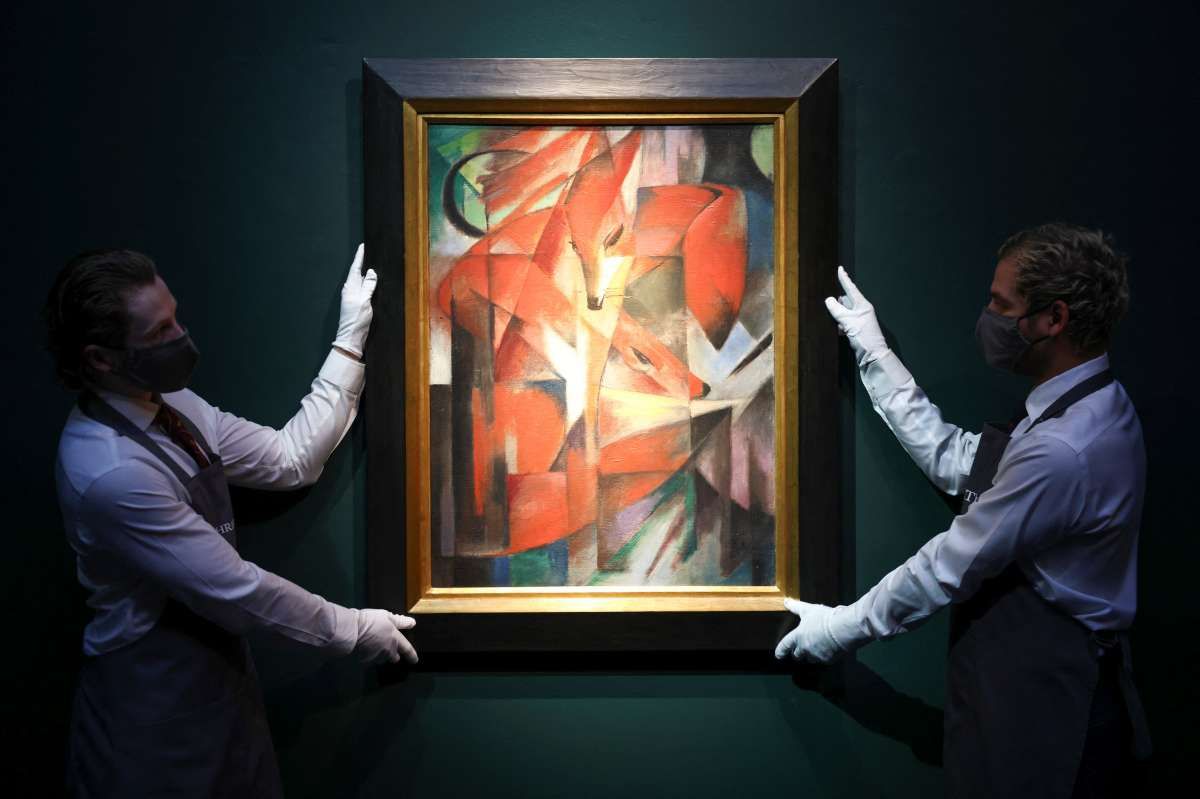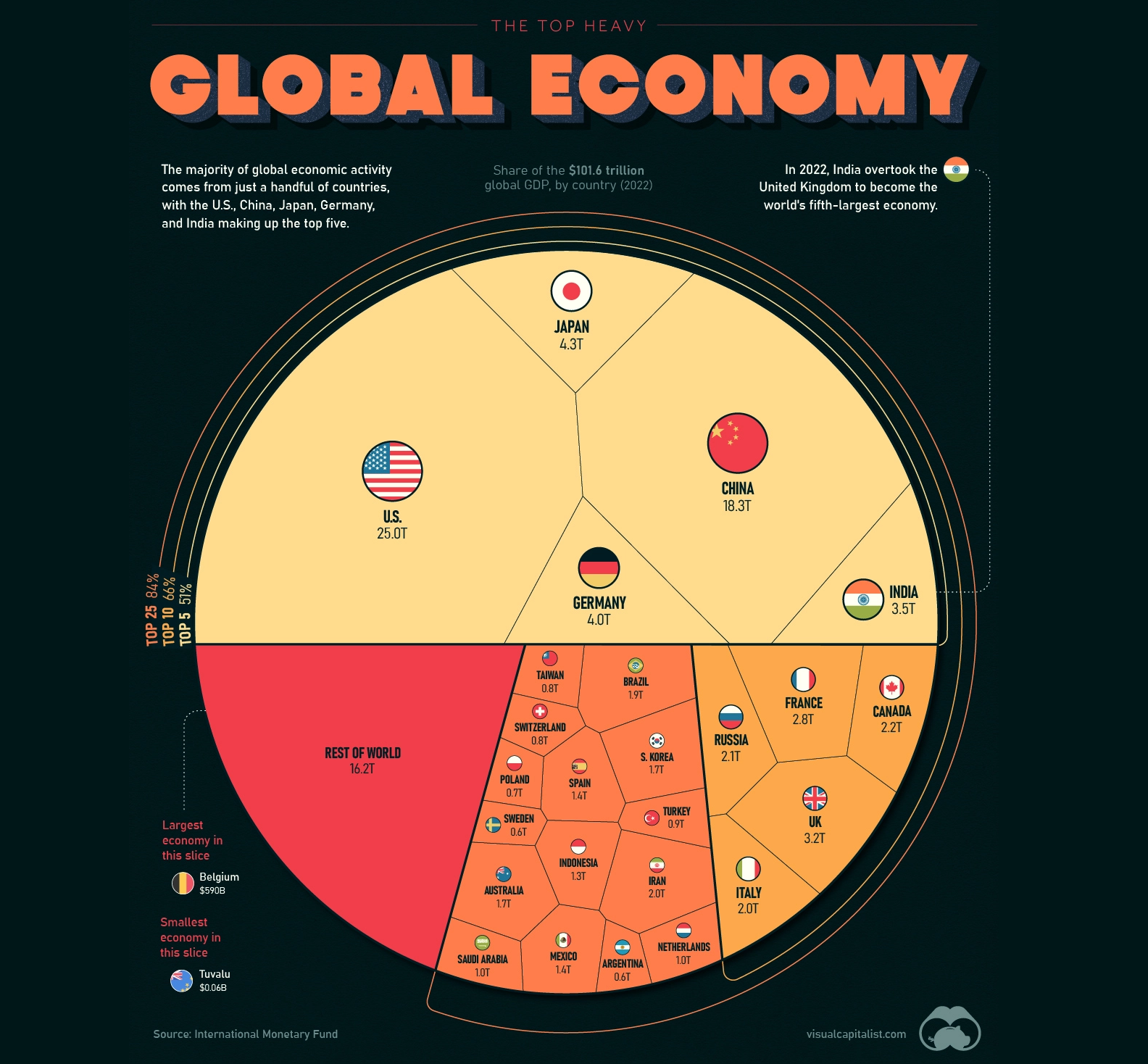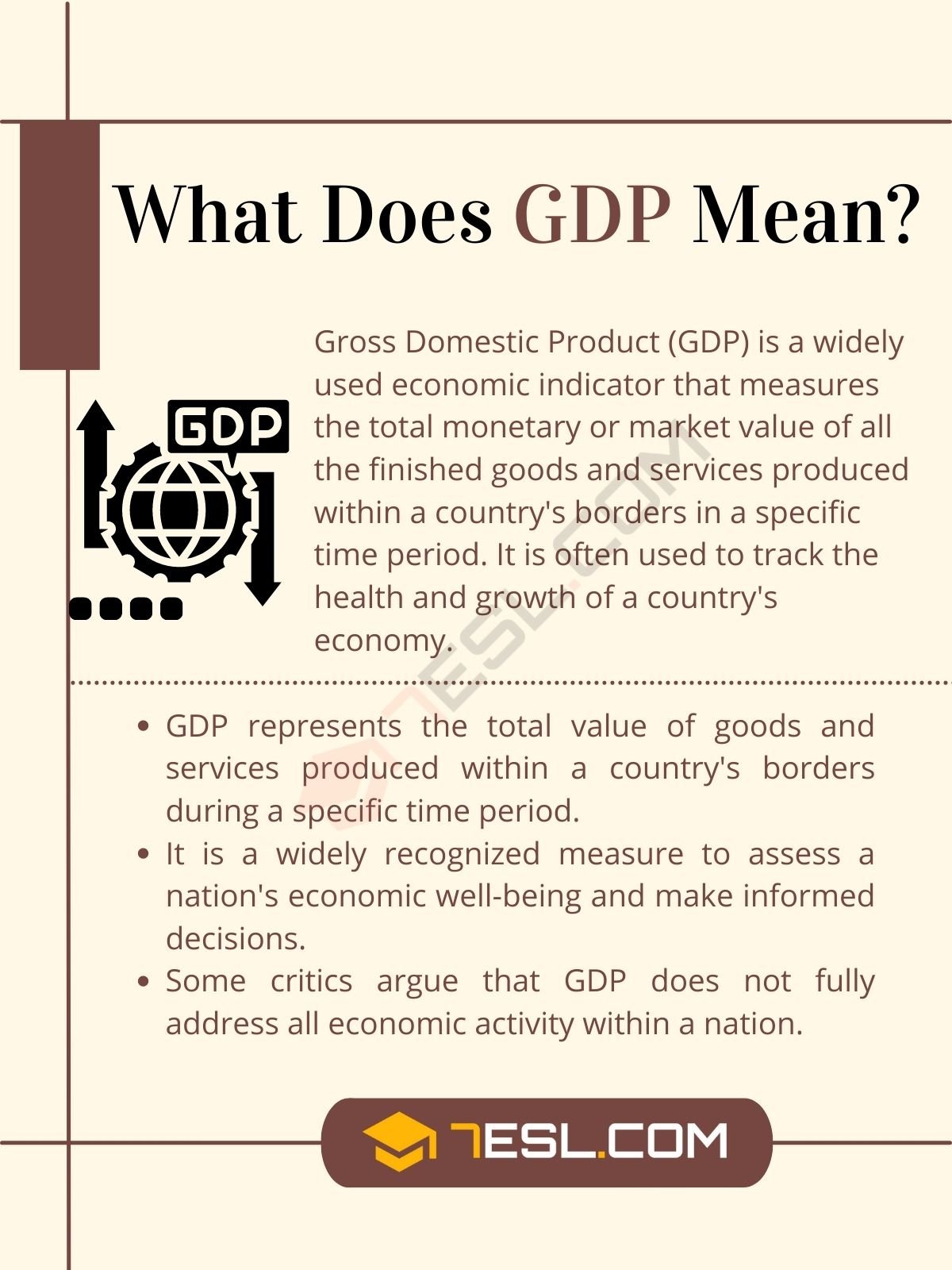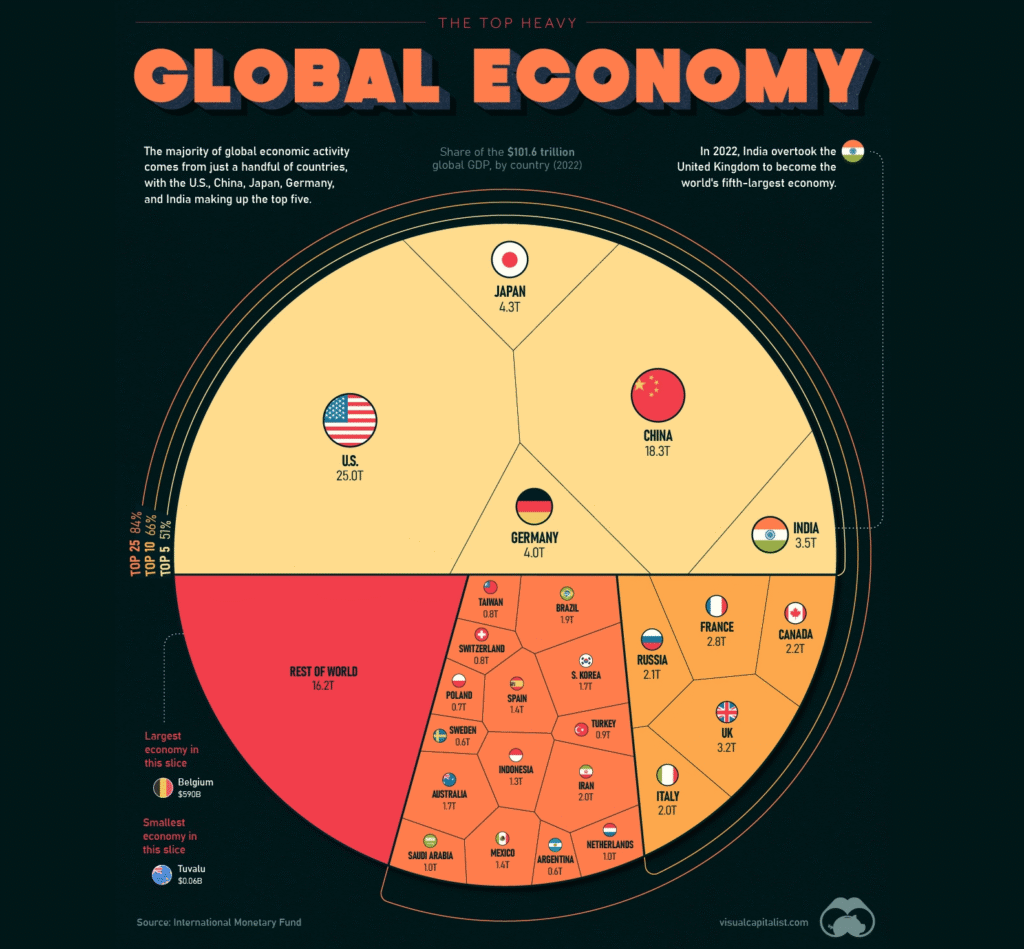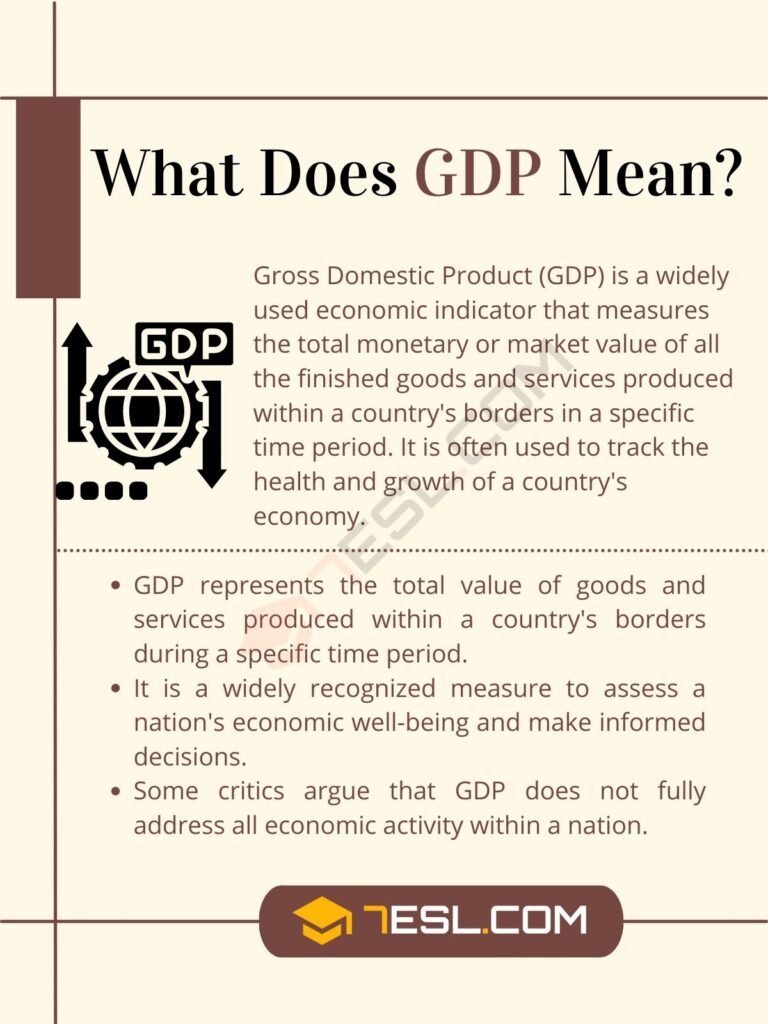While economic data often grabs headlines through stock markets and GDP charts, another — subtler — indicator is quietly sounding alarms: the global art market. Once a playground for high-net-worth individuals and blue-chip investors, the art world is now showing clear signs of strain. As global uncertainty rises, sales volumes fall, and once-hot contemporary artists are losing their shine.
In short, the global economy is cooling — and the art market is mirroring every shade of that downturn.
📉 The Art Market as an Economic Barometer
Art has always been more than aesthetics. In many ways, it functions as a proxy for economic health. When economies are booming, art collectors are more likely to spend millions on emerging talents or rare masterpieces. Conversely, during recessions or financial instability, art becomes illiquid, buyers turn cautious, and prices drop.
Recent auction results from major houses like Sotheby’s and Christie’s reveal a steep decline in total sales and average bid values. Artworks that once sparked bidding wars now struggle to reach their reserve prices. This change is not coincidental — it reflects broader market anxieties.
💰 From Investment to Hesitation: Buyer Behavior Shifts
During times of economic growth, art is viewed as an alternative investment. Ultra-wealthy collectors diversify portfolios with tangible assets like paintings and sculptures. However, 2024 and 2025 have brought about persistent inflation, high interest rates, and geopolitical instability, causing buyers to rethink their spending.
Notably, the middle-tier segment — artworks priced between $50,000 and $500,000 — has been hit the hardest. These were once the “safe zone” for collectors, but they’re now considered risky amid tighter liquidity and cautious sentiment.
Meanwhile, “trophy” pieces by Picasso or Monet still attract buyers, but even those sales come with more conservative bidding and longer holding periods.
🖼️ Artists Feel the Pinch
The economic slowdown doesn’t just affect auction houses and collectors — working artists are also under pressure. Gallery sales have slowed, art fairs have become more selective, and emerging talents are struggling to gain exposure. Many galleries have postponed exhibitions or reduced travel budgets, further limiting artist visibility.
As a result, even the creative side of the industry is being shaped by macroeconomic shifts. The romantic notion of art as a sanctuary from capitalism is no longer true; artists are entrepreneurs, and the market is unforgiving when demand drops.
🌍 A Global Trend, Not Just Local
This trend isn’t limited to New York or London. Art markets in Asia and the Middle East are also cooling, even in countries previously considered insulated from Western economic shocks. In fact, China’s slowing economy has drastically reduced its demand for high-end Western art, once a fast-growing segment.
✅ Conclusion: When the Canvas Reflects the Crisis
The art world has always mirrored the times — politically, socially, and economically. Today, the sluggish art market is painting a clear picture of a global economy that’s under pressure. As inflation bites, markets tighten, and uncertainty spreads, even the world of fine art cannot escape reality.
